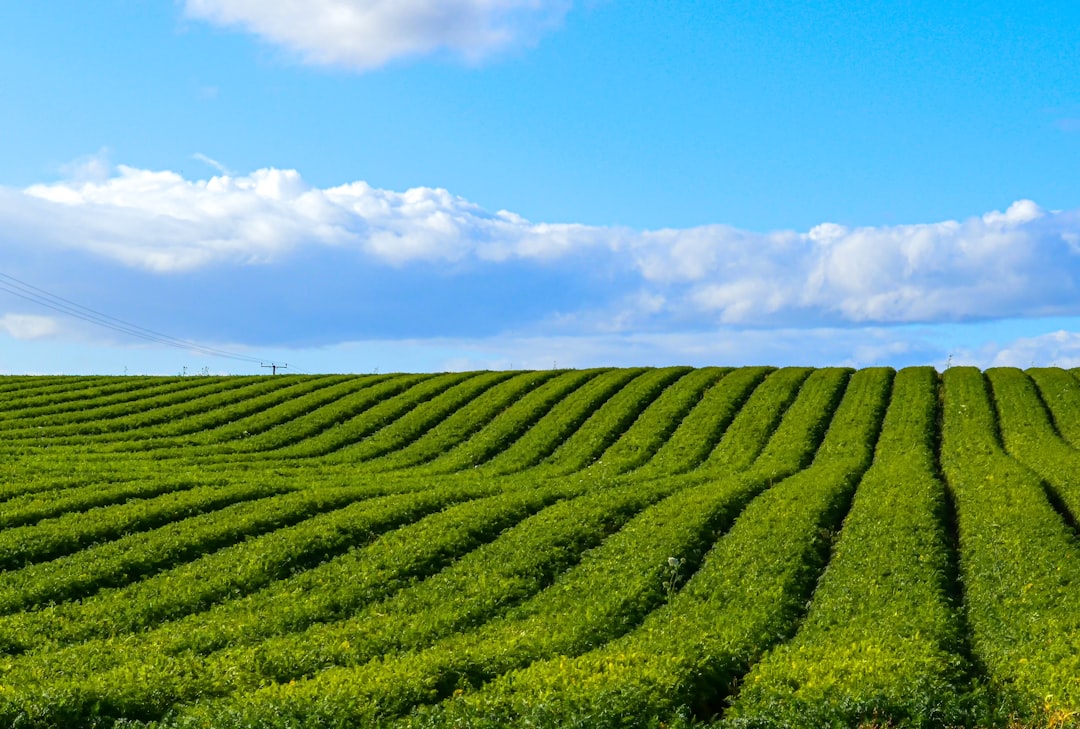What is it about?
Photoswitches are a group of molecules that change their structure in the presence of light with light. In the absence of light, or when exposed to a different color of light, they can reverse this change. A very efficient class of photoswitches are diarylethenes (DAEs). In this study, nine new DAEs based on a molecule called 7 deazaadenosine were developed and tested. One of them had an electron withdrawing group called Ph(CF3)2 attached to it. The addition of this group improved the efficiency of the DAE switch. This new DAE shows the highest ever recorded light induced regulation efficiency for a single reaction. It is a completely reversible, thermally stable, and highly efficient switch. This makes it a prime candidate for many, high level applications.
Featured Image

Photo by Warren Umoh on Unsplash
Why is it important?
DAEs can be added to short molecule chains called oligonucleotides, which are the building blocks of DNA. Adding these molecules allows the light induced regulation of DNA structure and function. It can control how DNA strands bind into a helix. The new photoswitch allows control over the bonds between different DNA strands (base pairing). It can also help control transcription, an essential cellular process in which DNA is converted into a “recipe” for a protein. This kind of control over nature's building blocks has many uses in synthetic biology and nanotechnology. It can eventually help create custom cellular systems. KEY TAKEAWAY: The newly identified DAE has record breaking efficiency as a photoswitch. It can be used to control the structure and function of DNA. This makes it a major step towards controllable synthetic biology.
Read the Original
This page is a summary of: Optochemical control of transcription by the use of 7-deaza-adenosine-based diarylethenes, Chemical Communications, January 2021, Royal Society of Chemistry,
DOI: 10.1039/d1cc02639a.
You can read the full text:
Contributors
Be the first to contribute to this page










